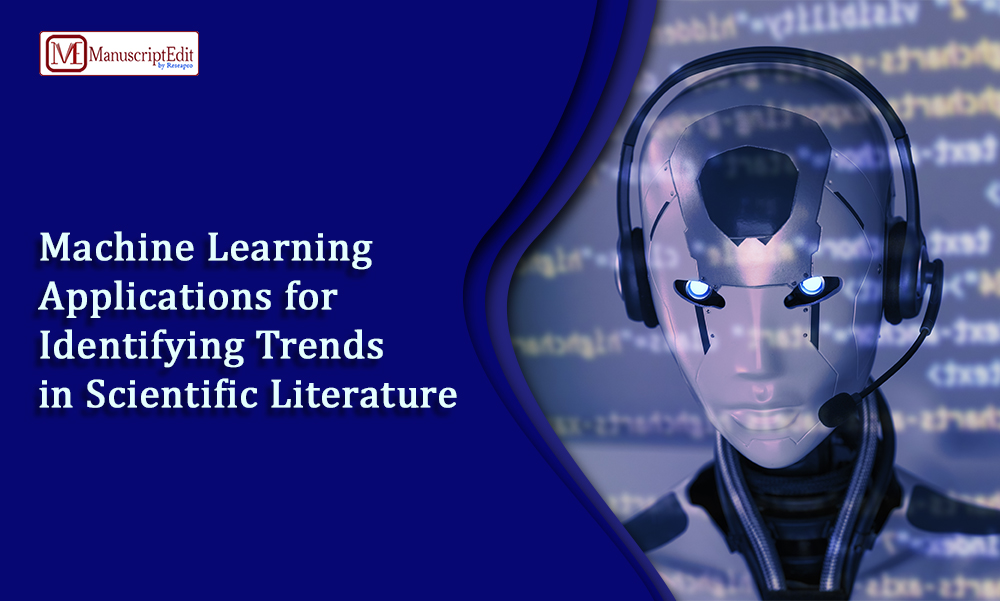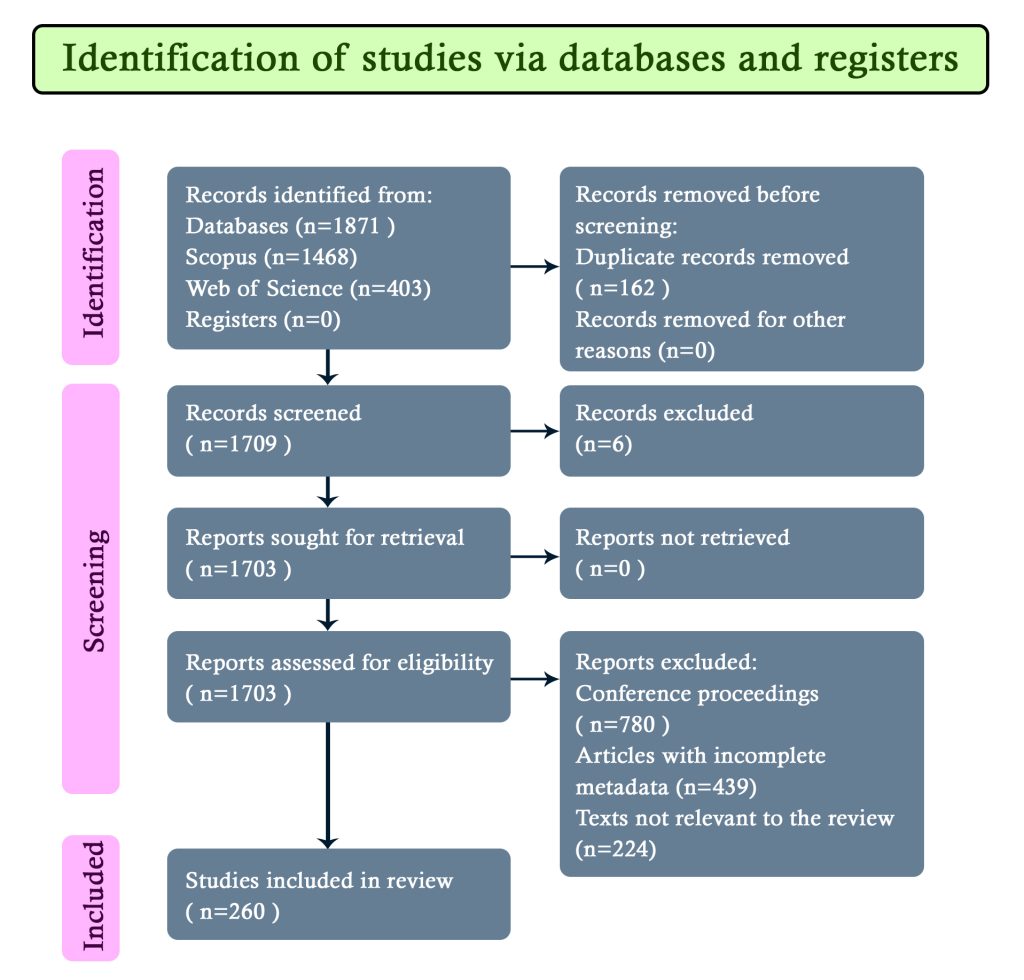

Discover how Machine Learning (ML) applications are transforming how trends are identified in scientific literature. ML algorithms analyze massive datasets and help academics remain ahead in the ever-changing field of science, from placing new study topics to forecasting breakthroughs.
What is Machine Learning in Scientific Literature Analysis?
In scientific literature analysis, machine learning entails applying algorithms to examine and discern significant patterns from large volumes of scientific publications. It helps academics with activities like sentiment analysis, knowledge discovery, and document classification, enabling more thorough and practical insights into scientific literature.
Machine Learning Algorithms
Scientific literature analysis relies heavily on machine learning techniques, revolutionizing how researchers glean insights from large datasets.
- Algorithms for Natural Language Processing (NLP), such as transformers and recurrent neural networks, allow for the automated extraction of important information, which makes topic modeling and summarization more effective.
- Classification algorithms facilitate the categorization of publications according to themes or disciplines, thereby assisting scholars in navigating the always-developing body of literature.
- By identifying linkages and patterns within publications, clustering techniques such as k-means facilitate a greater understanding of research trends.
- Sentiment analysis algorithms assess the tenor of scientific publications, offering significant background information for interpreting results.
Scientific literature analysis incorporating machine learning improves data-driven decision-making, speeds up knowledge creation, and encourages interdisciplinary cooperation for the sake of science.
Data Preprocessing and Cleaning
Cleaning and converting unprocessed data into a format that may be used is known as data preparation. Cleaning ensures data quality by addressing outliers, discrepancies, and missing values.
It involves handling categorical variables, scaling, and normalization, which improves the accuracy and dependability of the data and lays the groundwork for efficient machine learning model training.
Feature Extraction Techniques
The goal of feature extraction is to preserve important information while reducing the dimensionality of the data. Essential features are found and chosen using dimensionality reduction techniques and Principal Component Analysis (PCA).
This procedure increases interpretability, streamlines computation, and boosts model efficiency—all of which are essential for machine learning algorithms that work well.

Applications of Machine Learning in Identifying Trends
Machine learning is particularly good at spotting patterns in a variety of fields. It forecasts market trends in finance, uses patterns to diagnose illnesses in healthcare, and examines consumer preferences in retail.
Machine learning helps with trend identification and decision-making by extracting valuable insights from data through algorithms like clustering and regression.

Platforms for Accessing Scientific Literature Databases
Scientific literature databases can be accessed through several well-known sites, including PubMed, IEEE Xplore, ScienceDirect, ERIC, Scopus, and Google Scholar. These platforms offer various academic publications, conference papers, and scholarly articles from different disciplines to researchers.
Users can access, search, and retrieve crucial scientific material to keep up with the most recent discoveries and advancements in their professions.
Tutorials and Guides for Implementing Machine Learning Models
Seek lessons for practical machine learning implementation on sites such as TensorFlow, Coursera, and Kaggle. Use resources on neural networks and convolutional networks to progress to deep learning.
For real-world project code repositories, use services such as GitHub—practice deploying models with frameworks such as Flask and FastAPI. For the newest trends, keep up with conferences like ICML and NeurIPS.
Conclusion
The ability of machine learning to identify patterns in scientific literature speeds up study, improves understanding, and encourages creativity—revolutionizing our ability to navigate the ever-expanding field of knowledge.
